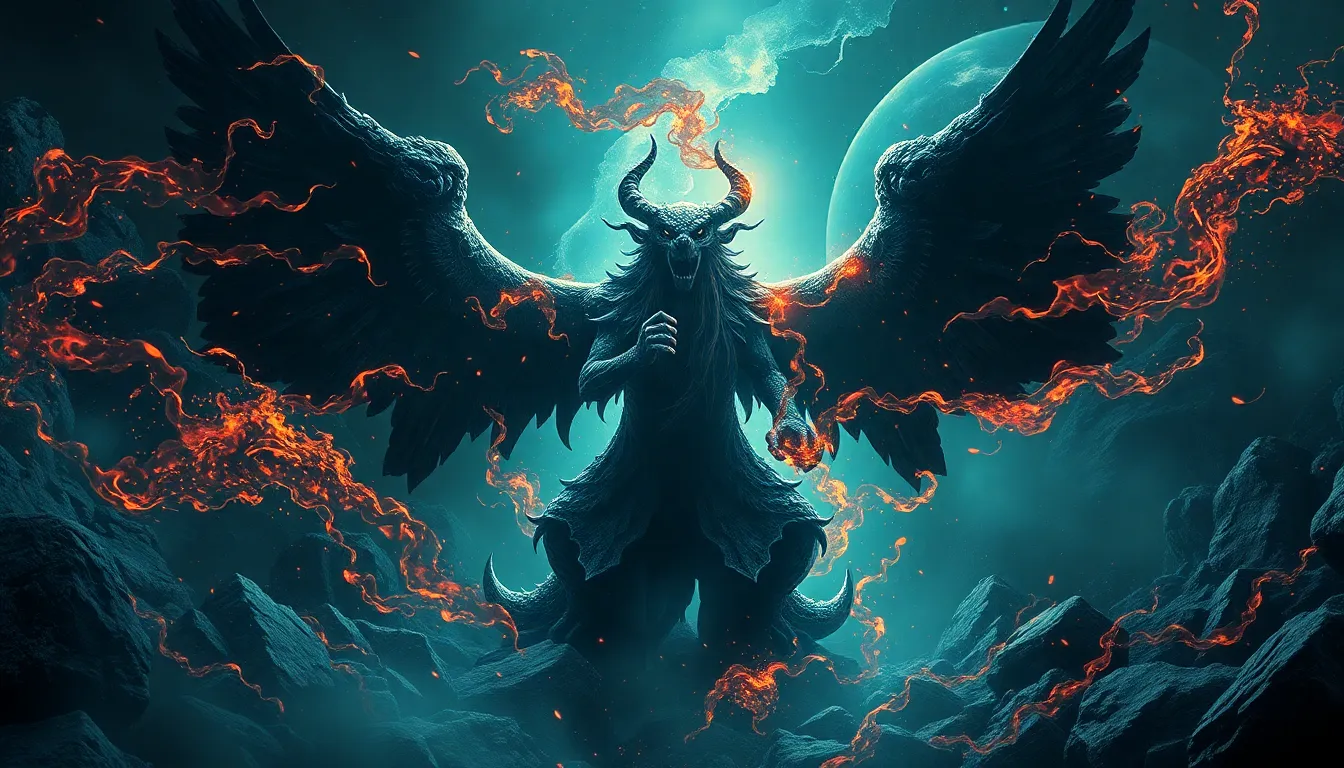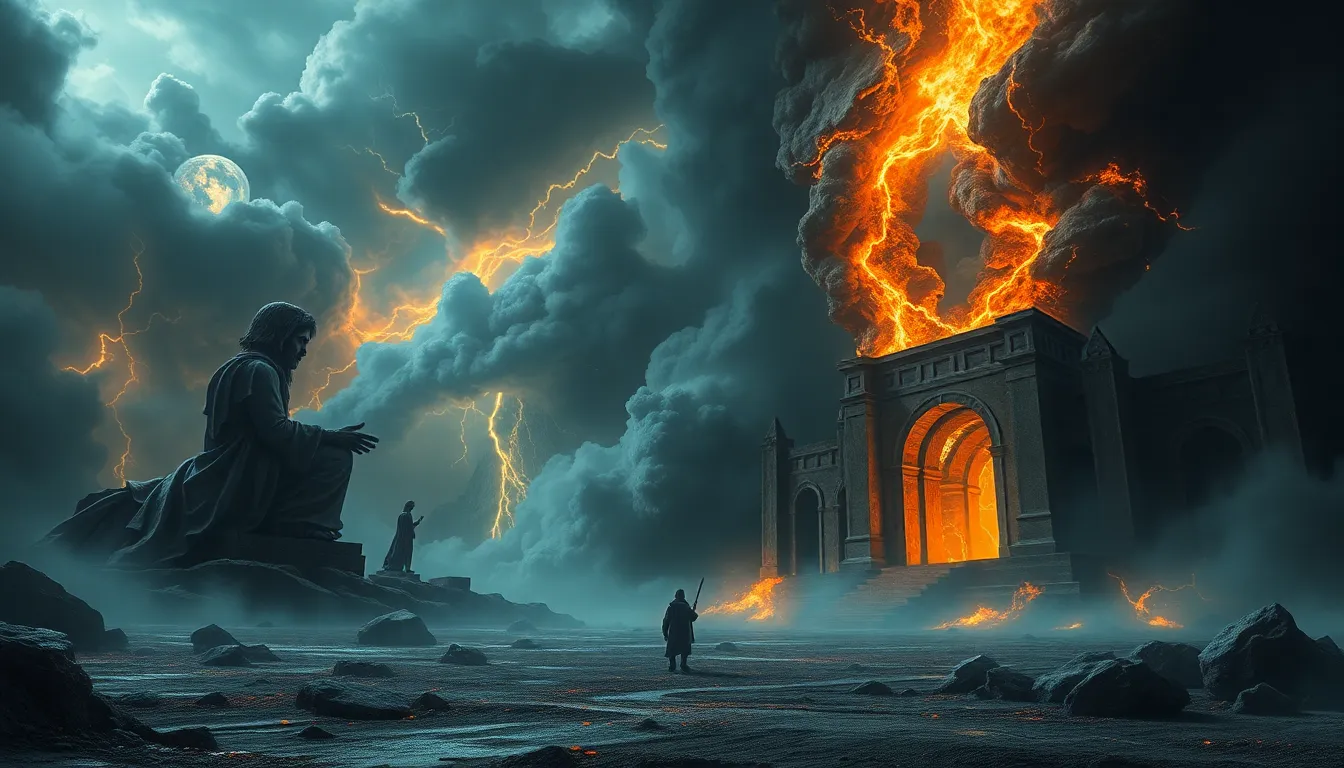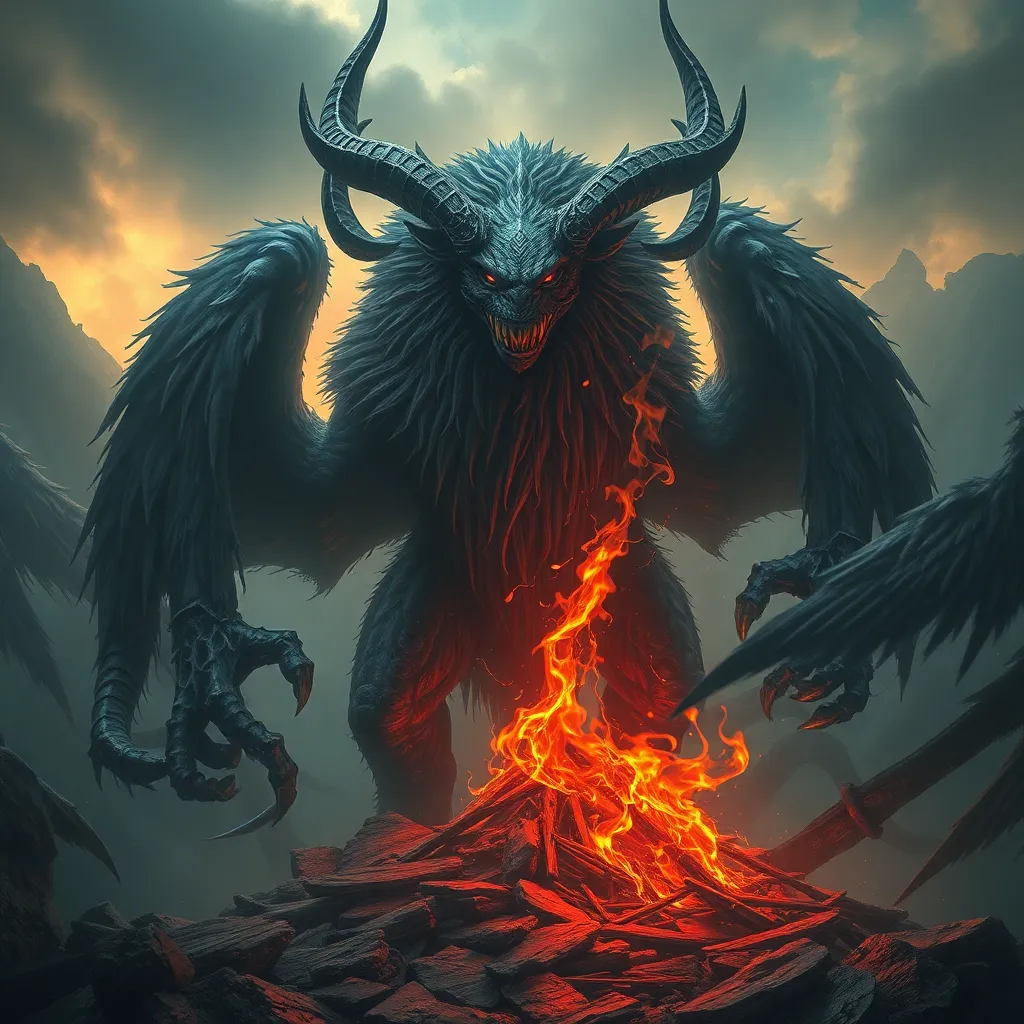End of the World Myths: The Stories That Define Us
Introduction to End of the World Myths
End of the world myths, often referred to as apocalyptic narratives, hold a unique place in the tapestry of human culture. These stories, whether rooted in ancient traditions or modern interpretations, reflect humanity’s deepest fears, hopes, and understandings of existence. They serve as cautionary tales, moral lessons, and existential reflections that invite individuals and societies to confront the ultimate questions of life, death, and the unknown.
This article aims to explore the rich history and cultural significance of apocalyptic myths, examining their historical perspectives, cultural variations, psychological underpinnings, and their role in contemporary society. By doing so, we hope to uncover how these narratives have shaped human identity and continue to resonate in our lives today.
Historical Perspectives on Apocalyptic Narratives
Apocalyptic myths have been integral to human storytelling since ancient times. Different civilizations have crafted their unique narratives about the end of the world, often reflecting their values, fears, and understandings of the cosmos.
- Mesopotamia: The Sumerians and Babylonians had myths about catastrophic floods and divine retribution, illustrating their beliefs in the gods’ power over humanity.
- The Maya: The Maya civilization had a cyclical view of time, believing in periods of creation and destruction, with the end of the world being part of a larger cosmic cycle.
- The Norse: In Norse mythology, Ragnarok represents the end of the world through a series of cataclysmic events, emphasizing themes of fate and the eternal struggle between good and evil.
Religious frameworks have also significantly shaped end-of-world beliefs. For example, in Christianity, the Book of Revelation describes apocalyptic visions of the end times, while Hinduism speaks of cycles of creation and destruction through the concept of Yugas. Buddhism presents the idea of impermanence and transformation, suggesting that the end of the world is not an end but a transition.
Cultural Variations of End of the World Myths
While apocalyptic narratives share common themes across cultures, there are notable differences in their expressions and interpretations.
- Western Apocalyptic Stories: Often characterized by a linear view of time, these narratives frequently depict a final judgment and the triumph of good over evil, as seen in Christian eschatology.
- Eastern Apocalyptic Narratives: These tend to embrace cyclical concepts of time, where destruction leads to rebirth, as illustrated in Hindu and Buddhist beliefs.
Indigenous cultures also offer unique perspectives on apocalyptic myths, often emphasizing harmony with nature and the consequences of human actions. These narratives frequently serve as warnings against ecological destruction and moral decay.
Psychological Underpinnings of Apocalyptic Fears
Human beings are inherently drawn to stories of apocalypse, often as a response to existential threats. The psychological roots of these fears can be traced to several factors:
- Existential Anxiety: The awareness of mortality and the unknown can lead to anxiety, prompting individuals to seek explanations through apocalyptic narratives.
- Collective Fears: Societal fears, such as war, disease, and environmental catastrophe, often manifest in apocalyptic myths, reflecting the collective psyche’s response to uncertainty.
These narratives can both alleviate and exacerbate fears, shaping how communities respond to crises and uncertainties in their environment.
The Role of Technology and Science in Modern Apocalyptic Myths
In contemporary society, technological advancements have introduced new dimensions to apocalyptic myths, often intertwining them with scientific narratives.
- Nuclear Weapons: The threat of nuclear war has led to fears of mutual destruction, inspiring a plethora of apocalyptic literature and films.
- Climate Change: As the reality of climate change becomes more pronounced, narratives surrounding environmental collapse and societal breakdown have emerged, reflecting our anxieties about the future.
These modern apocalyptic myths challenge traditional beliefs and provoke discussions about humanity’s role in shaping its destiny.
Media and Pop Culture Representations of Apocalyptic Themes
Apocalyptic themes are prevalent in various forms of media, from literature to film and video games. These representations often mirror societal fears and aspirations:
- Film: Movies like “Mad Max” and “The Road” depict post-apocalyptic landscapes, exploring themes of survival and morality in the face of chaos.
- Literature: Novels such as “The Stand” by Stephen King and “Station Eleven” by Emily St. John Mandel delve into the human experience during and after catastrophic events.
- Video Games: Games like “The Last of Us” and “Fallout” engage players in narratives of survival and the moral complexities of a world in decline.
These cultural expressions not only entertain but also provoke critical thoughts about our values, fears, and the future of humanity.
The Social and Political Implications of End of the World Myths
Apocalyptic narratives can significantly influence social and political landscapes, often shaping movements and policies. The following points illustrate their impact:
- Political Movements: Groups that subscribe to apocalyptic beliefs may advocate for drastic changes in society, often leading to activism or even extremist actions.
- Case Studies: Millenarian groups, such as those anticipating the Rapture in Christianity, can affect political discourse and policy-making, especially regarding environmental and social issues.
These narratives often serve as rallying cries for change, reflecting both hope and fear in the face of perceived impending doom.
End of the World Myths and Their Role in Shaping Identity
The stories of apocalypse play a crucial role in shaping cultural identities and community bonds. They often provide:
- Cultural Identity: Shared narratives of the end times can unify communities, fostering a sense of belonging and purpose.
- Personal Beliefs: Individuals often find personal meaning in these myths, influencing their values and worldviews.
Through these myths, cultures articulate their hopes, fears, and aspirations, creating a collective consciousness that transcends generations.
Hope and Resilience in the Face of Apocalypse
Despite the often grim nature of apocalyptic narratives, many also encompass themes of hope and resilience. These stories can inspire:
- Narratives of Survival: Tales of individuals or communities overcoming adversity showcase the human spirit’s strength.
- Hope for Rebirth: Many apocalyptic myths offer visions of renewal and transformation, suggesting that endings can lead to new beginnings.
In this way, hope acts as a counterbalance to fatalism, encouraging individuals and societies to strive for a better future even in the face of despair.
Conclusion: The Enduring Legacy of End of the World Myths
End of the world myths continue to hold a significant place in human culture, serving as reflections of our deepest fears and aspirations. Throughout history, these narratives have shaped our understanding of existence, influenced societal beliefs, and defined cultural identities. As we navigate the complexities of the modern world, the themes inherent in apocalyptic myths will likely continue to resonate, guiding our responses to existential threats and inspiring hope for a brighter future.




